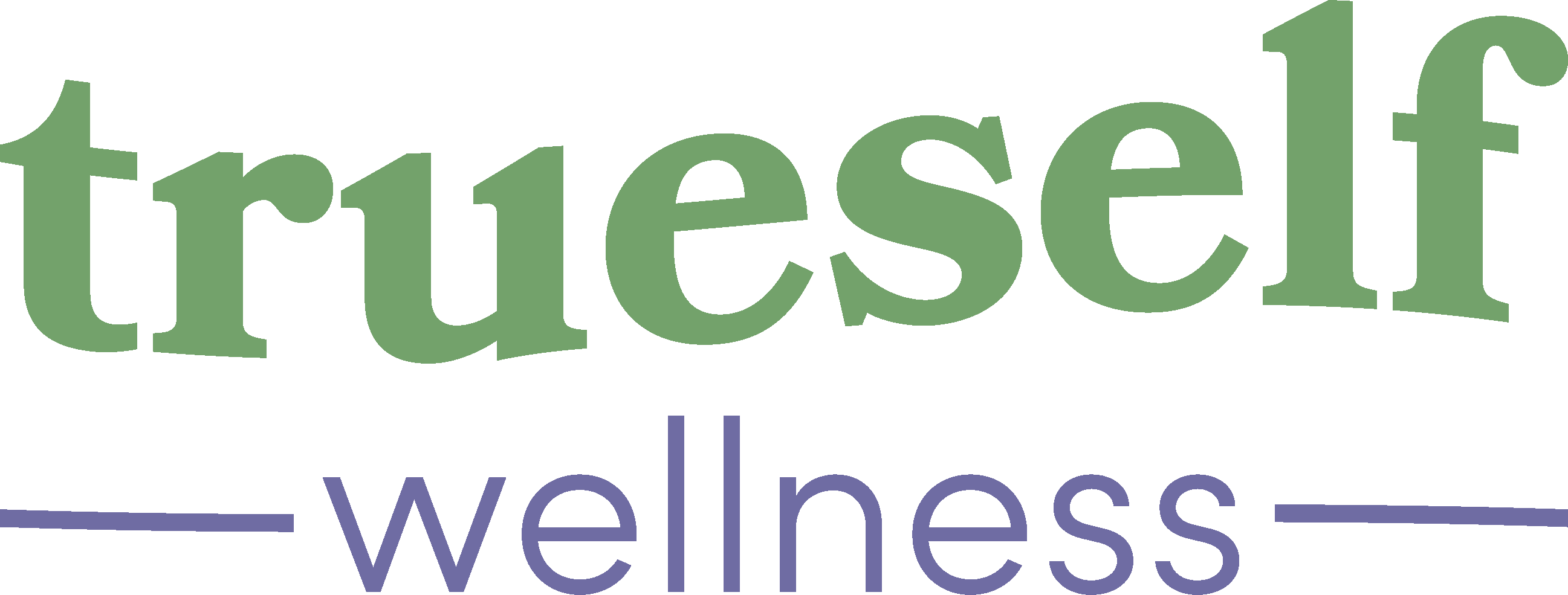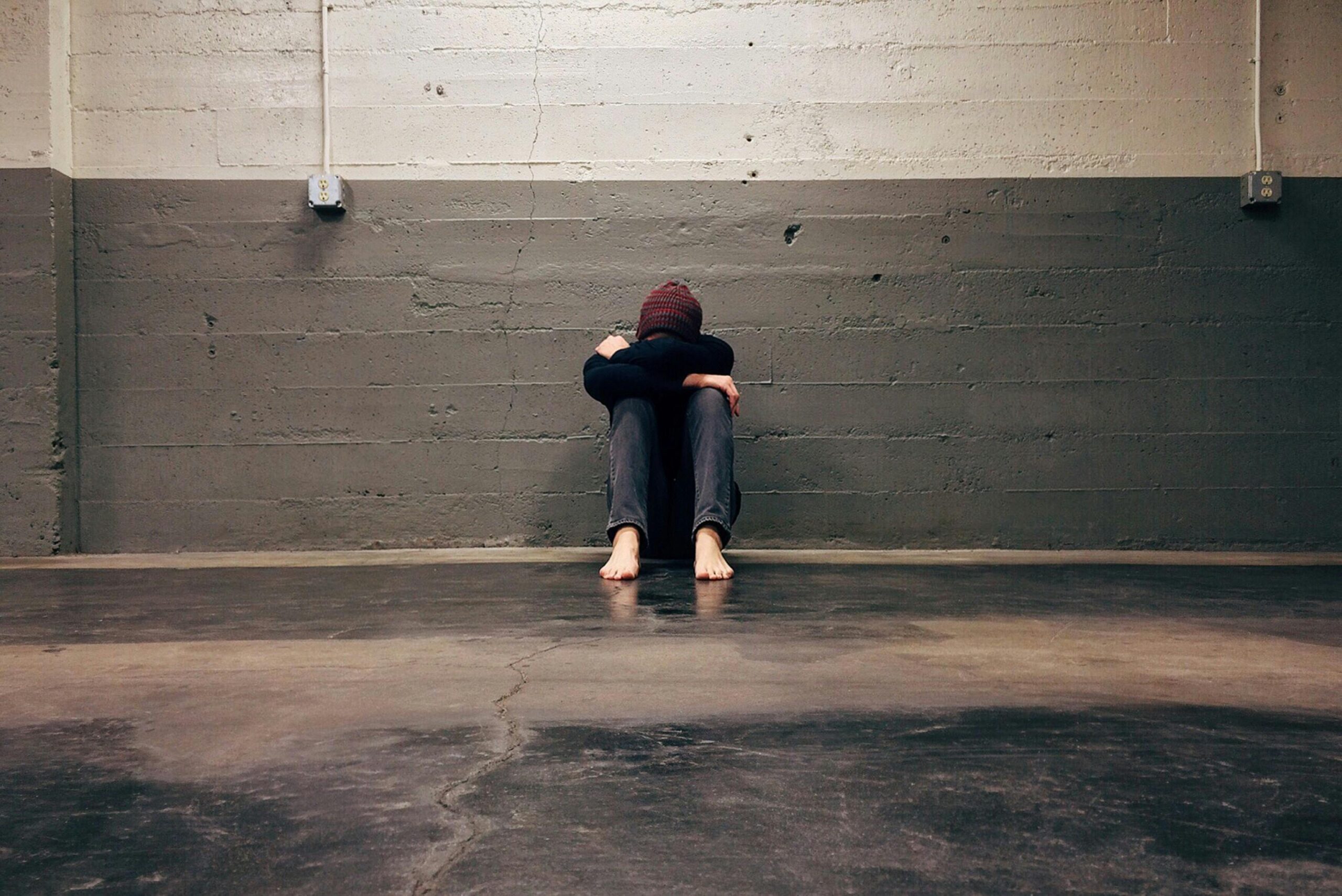There’s the moment something goes wrong, and then there’s everything that happens after. Long after the bruises fade or the stitches are removed, the mind can keep replaying what happened. A sound. A flash. A simple movement that sends your heart racing, your stomach dropping, your body bracing for something that isn’t coming. That’s the part no one prepares you for: the anxiety that follows a traumatic event.
It doesn’t always show up right away. Sometimes it waits until you’re alone. Sometimes it arrives quietly, disguised as irritability, exhaustion, or a strange sense of being disconnected from yourself. And while others may be relieved you’re “okay,” you know you’re still carrying something heavy.
Recognizing Anxiety After Trauma
Anxiety doesn’t always announce itself clearly. It can settle into your day like background noise, quiet but constant. After a traumatic experience, especially one that was sudden or physically jarring, the body often recovers faster than the mind. You might flinch at ordinary sounds, avoid routines that once felt automatic, or feel on edge even when things are calm.
That steady tension isn’t weakness. It’s your nervous system still trying to protect you. Traumatic stress can subtly reshape how you move through the world, even after the event has passed. You’re not imagining it, and you’re not overreacting. Your mind is asking for care.
When the Body Heals but the Fear Stays
You might look fine—no cast, no bruises, no visible wound—but still feel like something inside hasn’t settled. After a crash, a fall, or any kind of physical trauma, it’s common for the body to move on before the mind is ready. The fear often isn’t about what happened. It’s about what might happen again.
That lingering fear can turn everyday tasks into stress triggers.
According to chicagobikeinjurylawyers.com, emotional trauma is a common but often overlooked outcome after physical accidents. Even when injuries seem small, the emotional effects can be lasting and harder to explain. But just because no one else sees it doesn’t mean it isn’t real.
What Anxiety After Trauma Can Feel Like
Anxiety doesn’t follow a script. For some, it’s a pounding heart or a tight chest. For others, it’s a creeping dread, even on days that seem normal. After trauma, these symptoms can surface without warning—in the middle of errands, during quiet moments, or when you least expect them.
You might avoid certain places or situations without knowing exactly why. You might replay the moment over and over, looking for what you missed. Those reactions are your mind’s way of trying to reclaim a sense of control.
According to the National Institute of Mental Health, trauma-related anxiety is a normal response to overwhelming stress. It’s not a flaw in your thinking. It’s a signal that you’re still healing, and that’s allowed.
Making Space for Healing
Healing doesn’t mean going back to how things were. It means learning how to feel safe again—emotionally, mentally, and physically. That might involve pulling back from things that drain you, saying no more often, or simply admitting that something changed you.
There’s no universal path to emotional recovery. What helps one person might not work for another. For some, it’s therapy. For others, it’s movement, journaling, quiet routines, or simply doing less. What matters is allowing yourself to treat your experience as real and worthy of care—even if no one else witnessed it. Anxiety pushes for urgency. Healing asks for something slower.
Letting Others Support You
Anxiety can feel isolating, especially after trauma. You might convince yourself no one understands or worry that you’re being dramatic. But reaching out doesn’t require a big gesture—sometimes a quiet conversation can open the door to real relief.
Support can also look like simple changes to your surroundings. You might try small adjustments at home that help reduce anxiety to create a sense of calm. Or it might mean asking questions about resources available to you—whether medical, emotional, or legal.
You don’t have to carry everything alone. Saying what you need is one of the strongest things you can do.
Moving Forward, Gently
There’s no rulebook for when healing is “done.” Some days will feel easier. Others might bring everything back again. That doesn’t mean you’re going backward—it means you’re still moving.
What matters is that you give yourself the room to feel, to pause, to care for the parts of you still recovering. A traumatic event doesn’t define you. But acknowledging it might be the first step toward letting it go.
Sometimes the bravest thing you can do is breathe. Or step outside. Or speak the truth out loud. Healing often begins with the smallest moments—the ones no one else sees, but you know matter.






